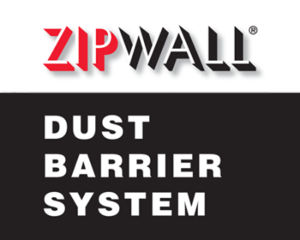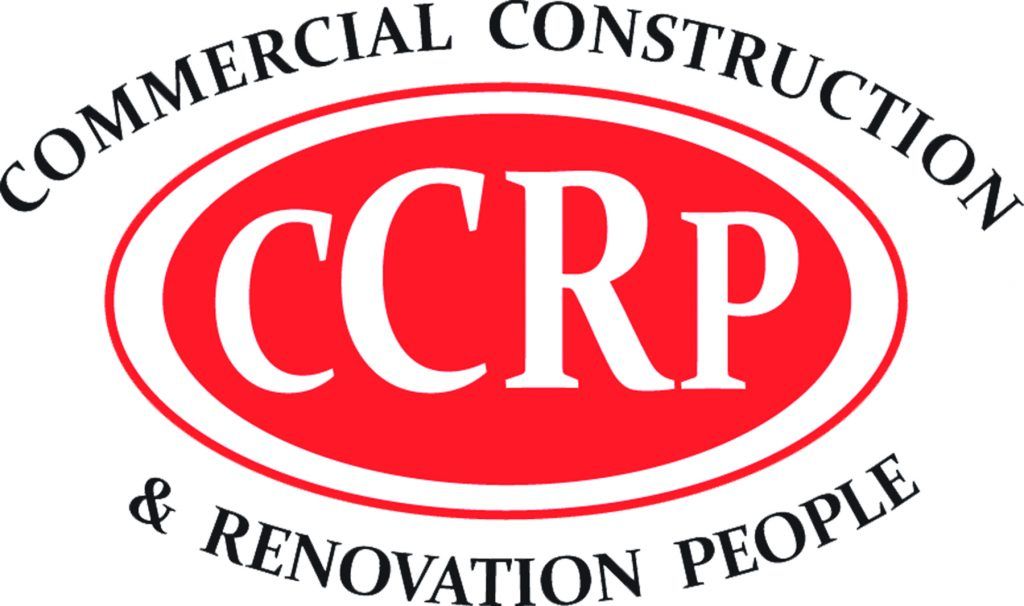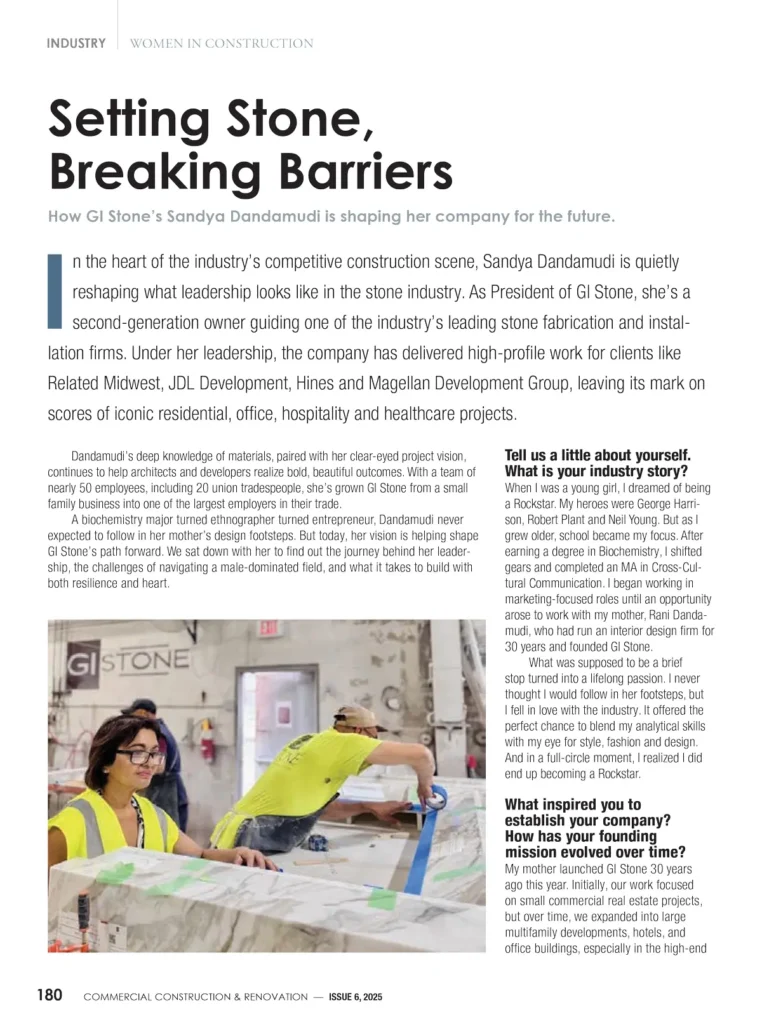Interior finishing plays a crucial role in the overall success of full-service construction projects. It transforms bare structural spaces into inviting, functional environments that reflect the intended purpose and aesthetic vision of a building. From residential homes to commercial establishments, the finishing touches make a significant contribution to comfort, usability, and value. We will explore how interior finishing integrates with the broader construction process, its impact on the outcome, and why it requires thoughtful coordination. Understanding the role of interior finishing highlights its importance not only in aesthetics but also in enhancing durability, safety, and occupant satisfaction.
The Impact of Interior Finishing on Full-Service Construction
Creating Functional and Comfortable Spaces
Interior finishing transforms the raw framework of a building into livable, usable spaces. This phase includes installing flooring, wall coverings, ceilings, cabinetry, lighting fixtures, and hardware. These elements collectively establish the room’s purpose, whether it is a cozy living area, a productive office, or a welcoming retail space. A Las Vegas contractor specializing in full-service construction understands how functional design ensures that spaces serve their intended purpose effectively, thereby improving daily life or business operations.
Moreover, comfort is enhanced through material choices that regulate acoustics, temperature, and lighting quality. Thoughtfully selected finishes can reduce noise levels, provide insulation, and introduce natural or artificial lighting to improve mood and productivity. These considerations demonstrate that interior finishing goes beyond appearance to impact occupant well-being.
Enhancing Aesthetic Appeal and Brand Identity
Interior finishing shapes the visual character of a building. Colors, textures, and design elements define a space’s style and mood. Whether a client desires a modern minimalist feel or a classic, timeless look, interior finishes convey that vision. In commercial construction, this becomes a vital aspect of branding, enabling businesses to communicate their identity to customers and employees. Materials such as wood, stone, metals, and fabrics all contribute to a unique atmosphere that aligns with a company’s values or a residential style. Additionally, interior finishes offer opportunities to incorporate artistic and architectural details, creating memorable environments that enhance the perceived value of the property.
Protecting Structural Integrity and Increasing Durability
Beyond appearance, interior finishing serves as a protective barrier for the building’s core components. Wall coverings, flooring, and ceiling materials shield the underlying structures from wear, moisture, and environmental damage. For example, durable finishes in high-traffic areas prevent premature deterioration and reduce maintenance costs over time. Sealants and paints can guard against humidity and pests, extending the lifespan of materials beneath. Selecting finishes with appropriate durability characteristics ensures that the building remains safe, stable, and visually appealing for years to come. This protective role is essential in maintaining the investment made during construction and safeguarding occupant safety.
Coordinating Timing and Workflow in Full-Service Projects
In full-service construction, interior finishing requires careful planning and coordination with other phases of construction. It generally follows structural framing, electrical, plumbing, and HVAC installation, but must align with scheduling to avoid delays. Mismanagement in this phase can lead to conflicts, such as damage to finished surfaces from ongoing mechanical work or delayed project completion. A well-organized workflow ensures that finishing crews have clear access to the spaces once rough work is complete. Close communication between general contractors, subcontractors, and suppliers guarantees that materials arrive on time and installations proceed smoothly. This synchronization minimizes costly downtime and maintains project momentum toward timely delivery.
Incorporating Sustainability and Environmental Considerations
Modern full-service construction is increasingly prioritizing sustainability, and interior finishing plays a crucial role in this effort. Choosing eco-friendly materials, such as low-VOC paints, recycled flooring, or sustainably sourced wood, reduces environmental impact and improves indoor air quality. Efficient finishes can also contribute to energy savings through better insulation and reflective surfaces that reduce the need for artificial lighting. Incorporating sustainable finishes aligns with broader green building certifications and standards, appealing to environmentally conscious clients. Moreover, these choices support healthier living and working environments, which benefit occupants directly while contributing to global ecological goals.
Supporting Accessibility and Safety Requirements
Interior finishing must also address accessibility and safety within a building. This involves selecting materials and design elements that comply with local building codes and regulations, such as slip-resistant flooring, appropriate lighting levels, and clear signage. Accessibility features, such as ramps, wide doorways, and tactile surfaces, ensure that spaces are accessible to people of all abilities. Finishes may also include fire-resistant coatings or materials that improve emergency evacuation safety. Attention to these requirements during the finishing phase is critical to delivering buildings that are inclusive, secure, and code-compliant. Proper execution in this area protects the welfare of occupants and avoids potential legal complications.
Adding Value Through Personalization and Customization
Interior finishing allows clients to tailor their spaces to reflect personal preferences or unique business needs. Custom cabinetry, built-in storage solutions, or decorative moldings provide functionality and distinctive character. This personalization elevates the user experience, making spaces more enjoyable and suited to individual lifestyles or operational workflows. In real estate terms, well-finished interiors with thoughtful details can significantly increase property value and marketability. Offering customization options as part of a full-service construction package enhances client satisfaction and strengthens long-term relationships by delivering results that feel truly one-of-a-kind.
Interior finishing is a vital component of full-service construction, bridging the gap between structural completion and the final realization of a building’s purpose and personality. It shapes the functional quality, aesthetic appeal, durability, and safety of spaces, contributing to occupant satisfaction and overall project success. Through careful coordination, material selection, and attention to regulatory requirements, interior finishing ensures that the investment in construction translates into comfortable, lasting environments. As client expectations evolve toward sustainability and customization, the role of interior finishing becomes increasingly complex and important, making it indispensable to the full-service construction process.































